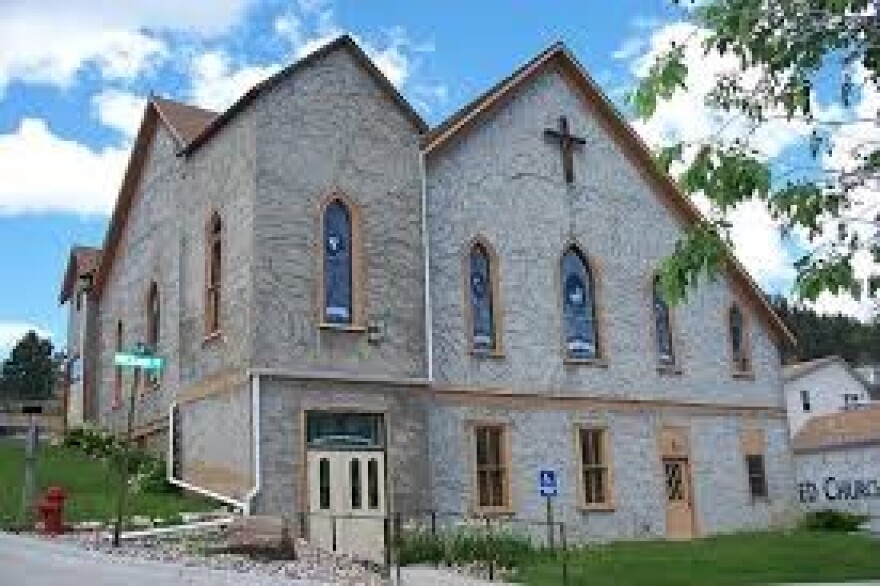Known as the sickly Ingalls sister, in part due to hardships she endured during the long winter of 1880-1881 in De Smet, Caroline Celestia Ingalls was born on May 2, 1870, 13 miles from the town of Independence in Montgomery County, Kansas. Like her father, Charles Ingalls, Carrie was an explorer. After high school, Carrie lived in South Dakota, Wyoming, and Colorado, living in the state of South Dakota the longest. Some of these moves were to find places that would improve her health.
Carrie had many jobs in her life. She tried her hand at teaching, but that was not for her. She also clerked in stores and worked in the post office in De Smet. She was also a caretaker, but her passion was in the newspaper business.

For 15 years, Carrie worked at the De Smet News and Leader newspaper. Carrie would cross paths with S. L. Senn, the proof king as he was called. Senn owned some fifty newspapers in South Dakota at the time. Carrie managed the Pedro Bugle, the Roseland Review, The Recorder (Keystone), and the Hill City Star. It was during her time at the Hill City Star that Carrie would start a new profession, mother.
When she was in her early 40s, Carrie married the widower David N. Swanzey and helped raise his two small children. They married on August 1, 1912 and honeymooned in Hot Springs. Carrie left the newspaper business behind and focused on her stepchildren and her adopted home town of Keystone. After their mother passed away in 1924, Carrie also became a caretaker to her sister Mary.


Unlike her character on the “Little House on the Prairie” television show, it’s said that Carrie loved to talk and visit with people. She was known to throw parties for the children at the Keystone School.

Carrie was generous in life and after her death. While alive Carrie helped save the Keystone United Church of Christ. During Carrie’s time in Keystone, the church was about to close their doors for financial reasons. When Carrie heard about this, she went around town asking for money to keep the doors open. The church is still in operation to this day.

In 1938 or 1939, the Keystone Fire Department approached Carrie about obtaining some land she owned. (After her husband’s death, Carrie owned many properties in Keystone.) Carrie told them that they could rent the land to build a station as long as they did not damage the mining claim that was behind where they wanted to build. The building is still standing today as a lodge.
Carrie was a very giving and caring person. In 1892, Carrie and her mother became charter members of Bethlehem Chapter of the Eastern Star masonic lodge in De Smet. Carrie then transferred her membership to the Mount Aetna Eastern Star Chapter in Keystone. In April 1946, two months before she passed, Carrie was awarded her 50-year membership pin.

Carrie passed away on June 3, 1946, in Rapid City. In her will, Carrie gave the Masons of Keystone her homestead at Top Bar, South Dakota, to sell so they could build a Masonic Lodge in Keystone. She was given an Eastern Star Funeral in Keystone before her body was sent on a train to De Smet. Carrie wanted to be buried there, in the family plot. Her husband David, stepson Harold - to whom Carrie was close - and David’s first wife are buried in the Keystone Cemetery. Carrie never knew David’s first wife, but in her will, Carrie made sure that all of the headstones matched - even Elizabeth’s, David’s first wife.

